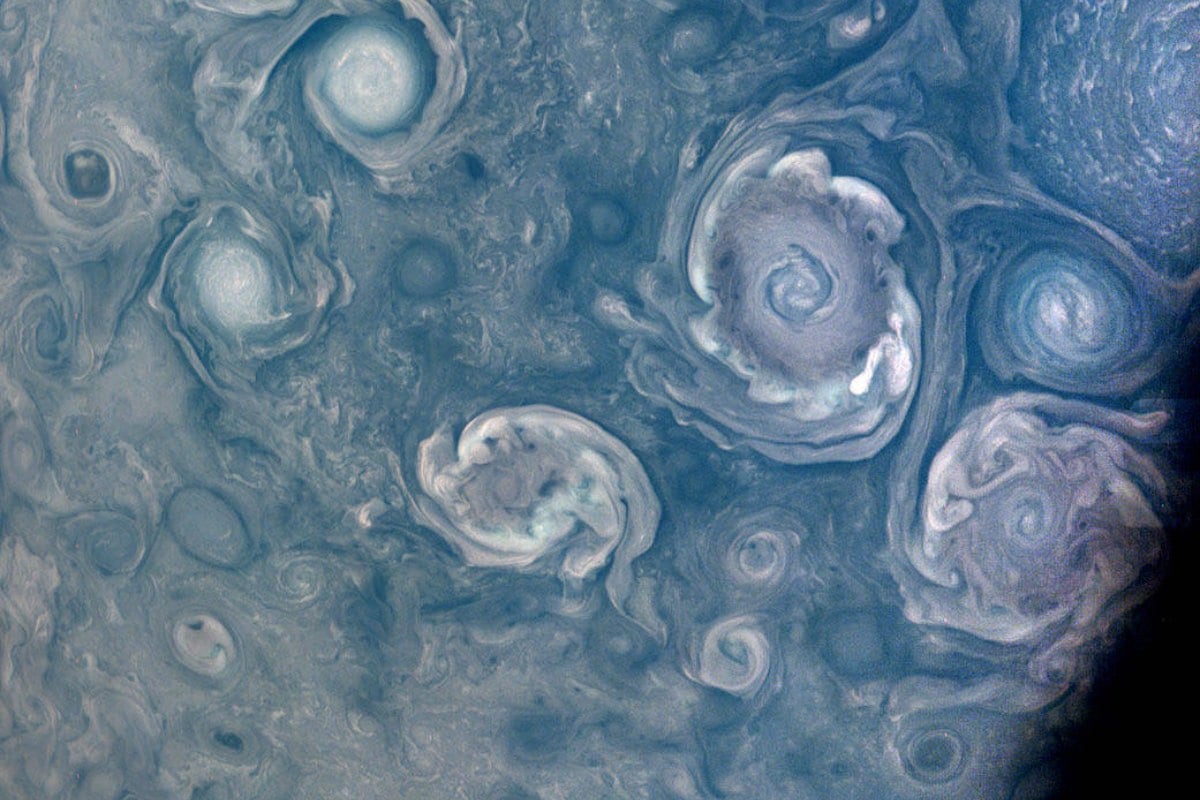For the first time, scientists have constructed simulations that directly mimic the whole life cycle of some of the greatest collections of galaxies discovered 11 billion years ago in the distant universe. Cosmological simulations are essential for understanding how the universe came to be the way it is today, but many of them do not match what astronomers see through telescopes. Most are simply statistically constructed to resemble the real world. Constrained cosmological simulations, on the other hand, are intended to replicate the structures we see in the cosmos. However, most simulations of this type have only been used to observe our local universe, never for distant observations.
Massive galaxy protoclusters, which are predecessors of today’s galaxy clusters before they could gather under their own gravity, piqued the curiosity of the researchers. They discovered that recent studies of distant protoclusters were oversimplified, implying that they were carried out using simple models rather than simulations.
The findings were published in the journal Nature Astronomy.
Metin Ata, the first author and researcher at the Kavli Institute for the Physics and Mathematics of the Universe, said that they wanted to study how structures began and ended in a complete simulation of the genuine distant universe.
COSTCO or ‘COnstrained Simulations of The COsmos Field’ was the result of their research.
Khee-Gan Lee, project assistant professor, compared designing the simulation to building a time machine. The galaxies that telescopes detect now represent a glimpse of the past because light from the distant universe is reaching Earth only now. “It’s like finding an old black-and-white picture of your grandfather and creating a video of his life,” he said.
In this way, the researchers studied how clusters of galaxies emerge by taking photographs of young grandparent galaxies in the universe and then fast-forwarding their age. The light from the galaxies used by the researchers travelled 11 billion light-years to reach Earth.
Taking into account the large-scale environment was the most difficult part. Because the researchers had a full simulation, they were able to constantly take the large-scale environment into consideration, and that’s why, they said, their forecast was more stable.
Another reason the researchers conducted these simulations was to put the mainstream cosmological model, which is used to describe the physics of the universe, to the test. Researchers could uncover previously unnoticed differences in our present understanding of the cosmos by forecasting the final mass and distribution of objects in a given location.
The researchers were able to find evidence of three previously described galaxy protoclusters and disfavour one structure using their models. Furthermore, they were able to discover five additional structures that emerged regularly in their simulations. This includes the Hyperion proto-supercluster, the largest and earliest known proto-supercluster, which has 5,000 times the mass of the Milky Way galaxy and will collapse into a huge 300 million light-year filament, according to the researchers.






